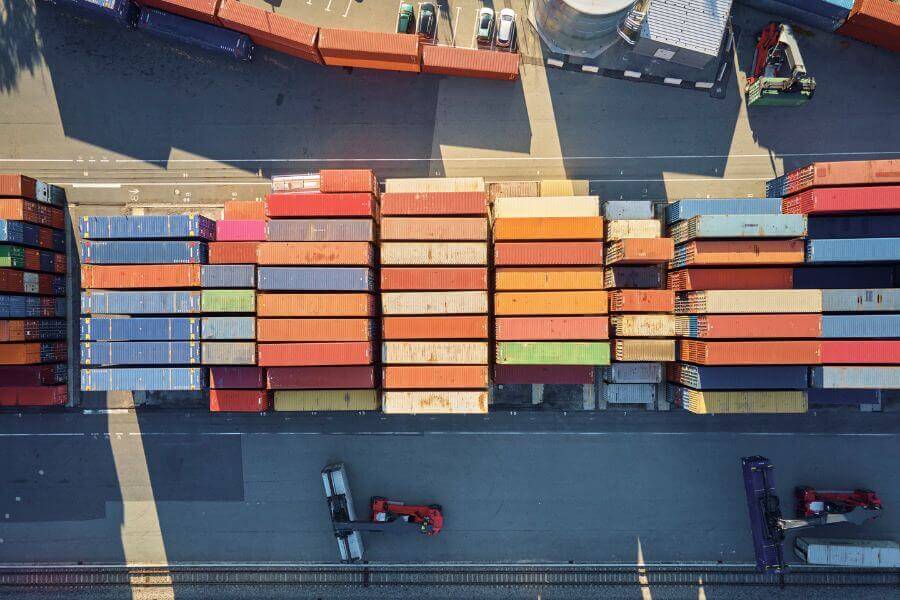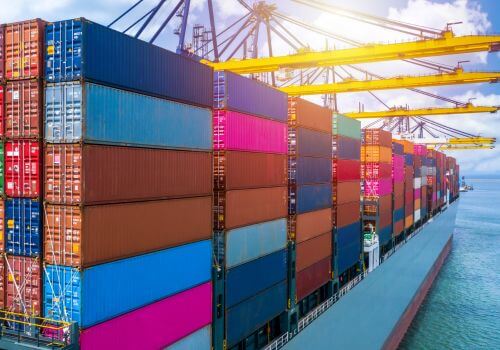An intermodal carrier is a key player in the logistics industry that specializes in transporting goods using multiple modes of transportation. These carriers are experts at moving freight seamlessly across different types of transport, such as trucks, trains, ships, and sometimes even airplanes.
Let’s explore what intermodal carriers do and why they’re important in today’s global supply chain.
What is an intermodal carrier?
An intermodal carrier is a company that moves goods using more than one type of transportation. The word “intermodal” means “between modes,” which refers to the different ways of moving things. These carriers use special containers that can easily switch between trucks, trains, and ships without unpacking the goods inside.
How do intermodal carriers work?
Intermodal carriers use a smart and efficient system to move goods. Here’s a simple breakdown of how they work:
- Pickup: At the beginning, a truck picks up the goods from where they start, like a factory or warehouse. The goods are packed into a special container that can be easily moved between different types of transport.
- First move: The truck takes this container to a place called an intermodal terminal. This is like a big transfer station for cargo.
- Switching: At the terminal, big machines lift the container off the truck. They then put it onto another type of transport, usually a train or a ship. The goods inside the container are not touched or moved.
- Long journey: The train or ship then carries the container for a long distance. This part of the trip is usually the longest. Trains are good for moving across land, while ships are used to cross oceans.
- Another switch: When the container gets close to where it needs to go, it reaches another terminal. Here, it’s taken off the train or ship and put back onto a truck.
- Final delivery: The truck then takes the container to its final destination, like a store or another warehouse.
This whole process allows goods to travel long distances in the most efficient way. By using different types of transport, intermodal carriers can choose the best and cheapest way to move goods for each part of the journey. The special containers they use make it easy to switch between trucks, trains, and ships without having to unpack and repack the goods inside.
What are the different types of transportation used by intermodal carriers?
Intermodal carriers use several different ways to move goods. Let’s look at the main types of transportation they use.
Trucks
Trucks are very important for intermodal carriers. They are used for short trips and are great for picking up goods from where they start and delivering them to their final destination. Trucks can go almost anywhere there are roads, which makes them very flexible.
Trains
Trains are excellent for moving large amounts of goods over land for long distances. They can carry many containers at once, which makes them a cost-effective choice. Trains are also good for the environment because they use less fuel per container than trucks do for long trips.
Ships
When goods need to travel across oceans or seas, ships are the best choice. They can carry huge amounts of cargo and are perfect for international trade. Ships are slow compared to other types of transport, but they can move enormous quantities of goods at once, which makes them very efficient for long-distance shipping.
Airplanes
Sometimes, intermodal carriers use airplanes, but this is less common. Airplanes are used when goods need to be moved very quickly or when the items being shipped are very valuable. Air transport is the fastest way to move goods over long distances, but it’s also the most expensive.
What are the benefits of intermodal carriers in logistics?
Intermodal carriers offer several advantages that make them an essential part of the logistics industry:
- Cost savings: By combining different transportation modes, intermodal carriers can reduce costs. For example, trains and ships are often cheaper than trucks for long-distance transport.
- Eco-friendly option: Intermodal transport is more environmentally friendly. Trains and ships use less fuel per ton of cargo compared to trucks, which helps lower carbon emissions and reduces the environmental impact.
- Increased safety: Goods remain in the same container throughout the journey, minimizing the risk of damage or loss during handling and transfers.
- Flexibility in transportation: Intermodal carriers can adapt to changing circumstances, such as delays or disruptions in one mode of transport, by switching to another option to keep shipments on schedule.
- Global connectivity: Intermodal carriers make it easier to transport goods across countries and continents by seamlessly integrating different modes of transportation.
- Efficient use of resources: Using the most suitable mode for each leg of the journey ensures resources like fuel, time, and space are used efficiently.
These benefits make intermodal carriers a preferred choice for businesses looking to optimize their supply chain while reducing costs and environmental impact.
In summary, an Intermodal Carrier is a transportation company that moves goods using multiple modes of transport, such as trucks, trains, and ships, without unpacking the cargo between transfers.







